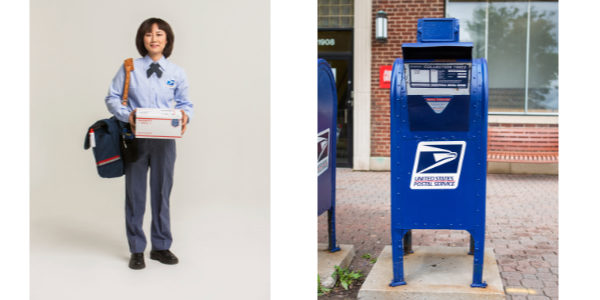Return to sender

The next time you go to drop something off in one of those blue U.S. Postal Service collection boxes, take an extra moment or two to check the box's label. The USPS recently tightened its restrictions on the items it will accept through the boxes, and if your envelope or package doesn't meet the new standards, it will be sent back.
In an announcement issued last month, the USPS said it was tightening up its collection-box procedures in a bid to protect the public, postal employees, and postal contractors who transport the U.S. mail. The rules, which took effect Oct. 1, impose stricter weight limits on the packages and other mail pieces that can be "anonymously" entered into the mail stream via collection boxes or post office mail slots.
As for what all this means for the average postal customer, probably a few more trips to the counter. In the past, customers could deposit packages and other articles in the collection boxes so long as they weighed less than 13 ounces. But under the updated rules, the weight cutoff is 10 ounces, meaning that customers can no longer use collection boxes to mail packages and other pieces weighing 10 ounces or more and/or measuring more than one-half inch thick. Instead, they will have to take these articles to a retail counter. As an alternative, they can use the Postal Service's self-service kiosks to purchase postage labels and drop those packages into their local post office's package slots, but not mail slots.
Apparently, there's no grace period to allow customers to adjust to the new policy. If a restricted package or mail piece is found in a collection box, mail chute, or lobby mail slot, the Postal Service says it will be returned to the sender with a "Customer Return Label" attached explaining the restrictions and reason for return.
Related Articles
Copyright ©2024. All Rights ReservedDesign, CMS, Hosting & Web Development :: ePublishing